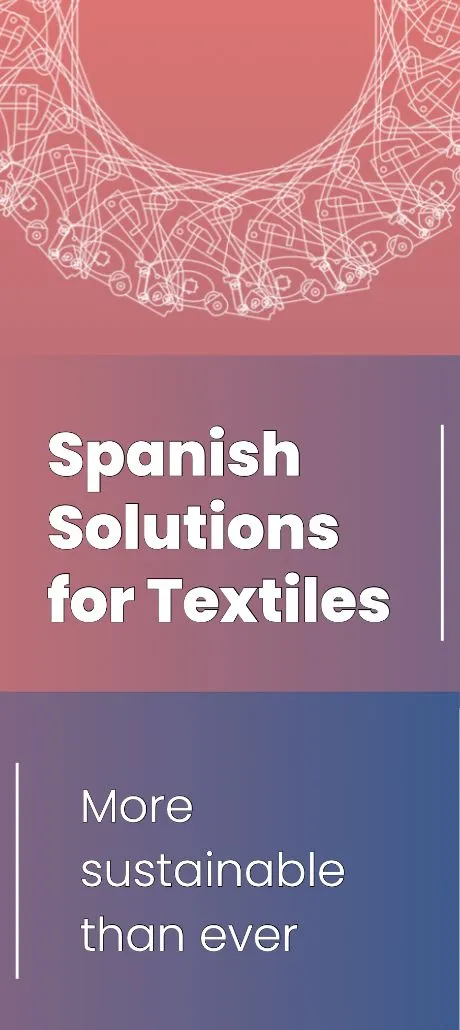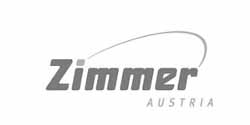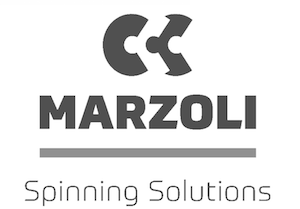In a bold move to revitalize Upper Egypt’s industrial landscape and boost textile exports, the Egyptian government has announced the establishment of two integrated textile cities in Minya and Fayoum, each spanning 5.5 million square meters. Together, the developments are expected to attract $3.5 billion in investment and generate around 400,000 direct and indirect jobs.
The announcement was made by Deputy Prime Minister for Industrial Development and Minister of Industry and Transport, Kamel Al-Wazir, during a national press conference outlining Egypt’s strategic plan to strengthen its textile and apparel sector.
Driving Growth and Industrial Expansion
Al-Wazir emphasized that the initiative is part of Egypt’s broader plan to raise textile and garment exports from $2.8 billion to $11.5 billion within five years. “Industry is one of the main sources of strength for any economy,” he stated, highlighting plans to raise industry’s contribution to GDP from 14% to over 20%.
Both cities will be developed through a public-private partnership model under the industrial developer system. Private developers will oversee planning, infrastructure development, operation, and international marketing of the industrial zones.
Minya: A Textile Renaissance in Upper Egypt
The Minya textile city, located in Wadi El-Saririya, is positioned to rekindle the governorate’s historic role in textile manufacturing. With EGP 12 billion in planned investments, the project is forecast to draw $1.5 billion in local and foreign capital and create approximately 250,000 job opportunities.
Strategically located near key transport corridors—including the Upper Egypt Free Road and multiple Red Sea ports—the Minya city is designed to facilitate efficient supply chain and export operations, benefiting nearly one million local residents.
Fayoum: A Central Textile Hub for Upper Egypt
The second textile city, in North Fayoum’s industrial zone, will be developed with over EGP 15 billion in investments. It will serve as a pivotal manufacturing and logistics center, supported by its proximity to the Giza/Fayoum Road, the regional ring road, and the high-speed electric train network.
The project aims to attract $1.5 billion in investments and generate around 150,000 jobs. Located just 30 kilometers from the New October dry port, the city is expected to serve a regional market of nearly 50 million people across six governorates.
Integrated Value Chain and Sustainable Infrastructure
Minister Al-Wazir highlighted that both cities will be fully integrated, encompassing the entire textile and apparel value chain—from spinning and weaving to dyeing, tailoring, and furniture manufacturing. Complementary services such as logistics hubs, textile training schools, health clinics, R&D centers, and investor support offices will also be embedded in each city’s infrastructure.
The government has pledged efficient administrative support, streamlined licensing procedures, and fast-track execution to ensure timely delivery and early production launch.
A Strategic Leap for Upper Egypt’s Economy
This dual project marks a significant milestone in Egypt’s efforts to decentralize industrial development, attract sustainable investment, and provide high-quality jobs outside the capital region. With strong transport connectivity, skilled labor potential, and robust government support, Minya and Fayoum are set to become pillars of Egypt’s textile industry and major contributors to national economic growth.






























